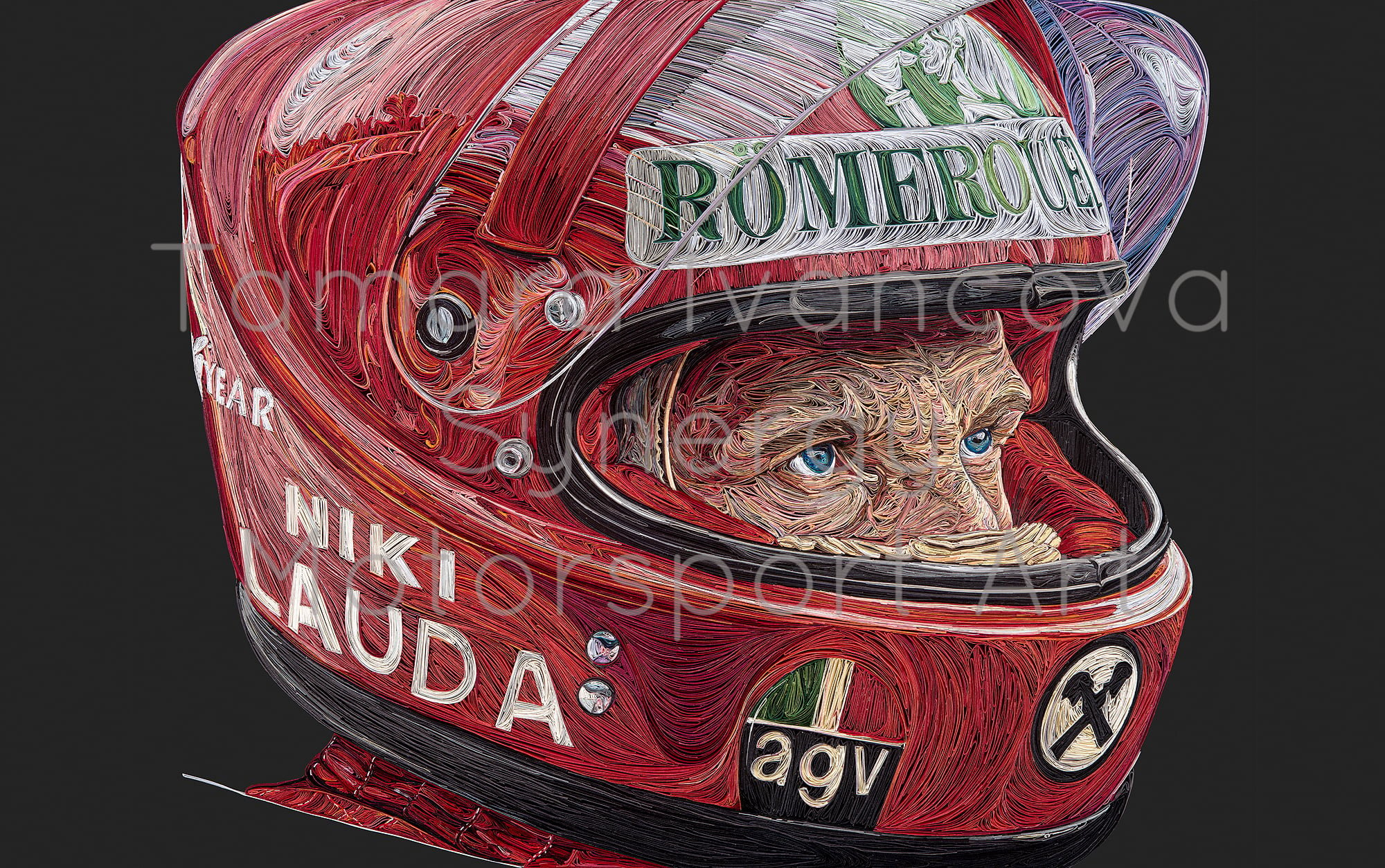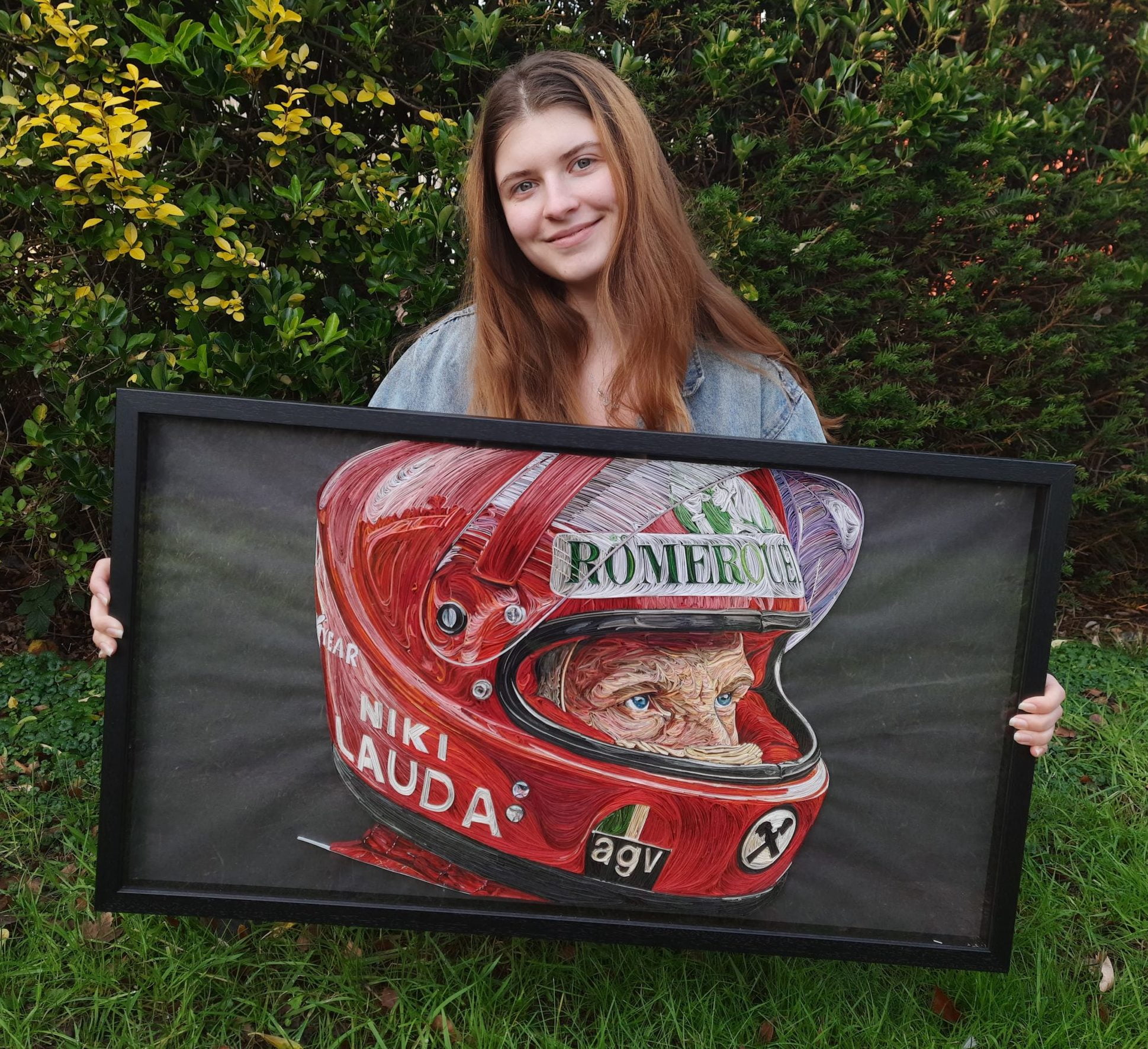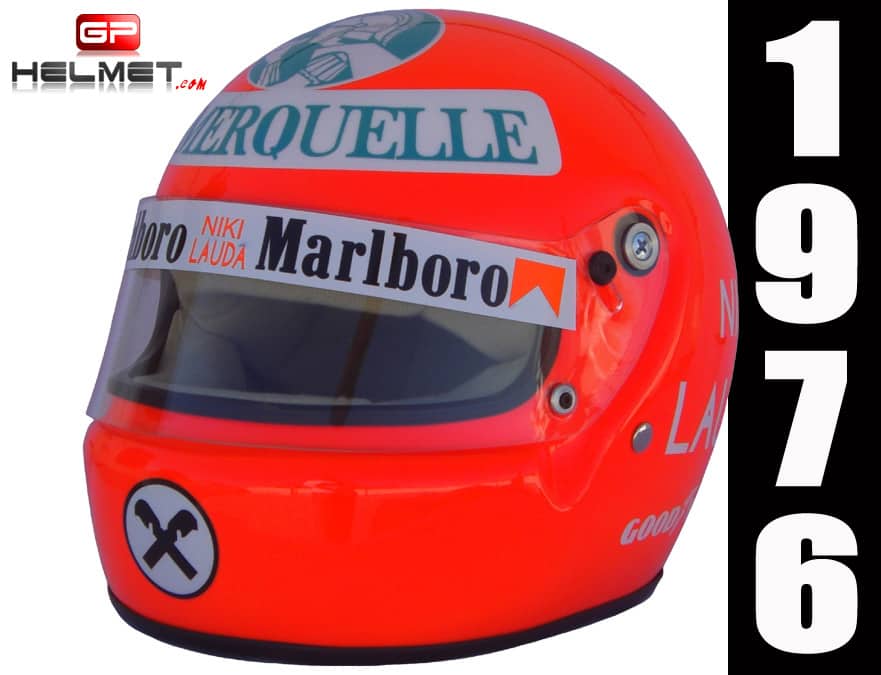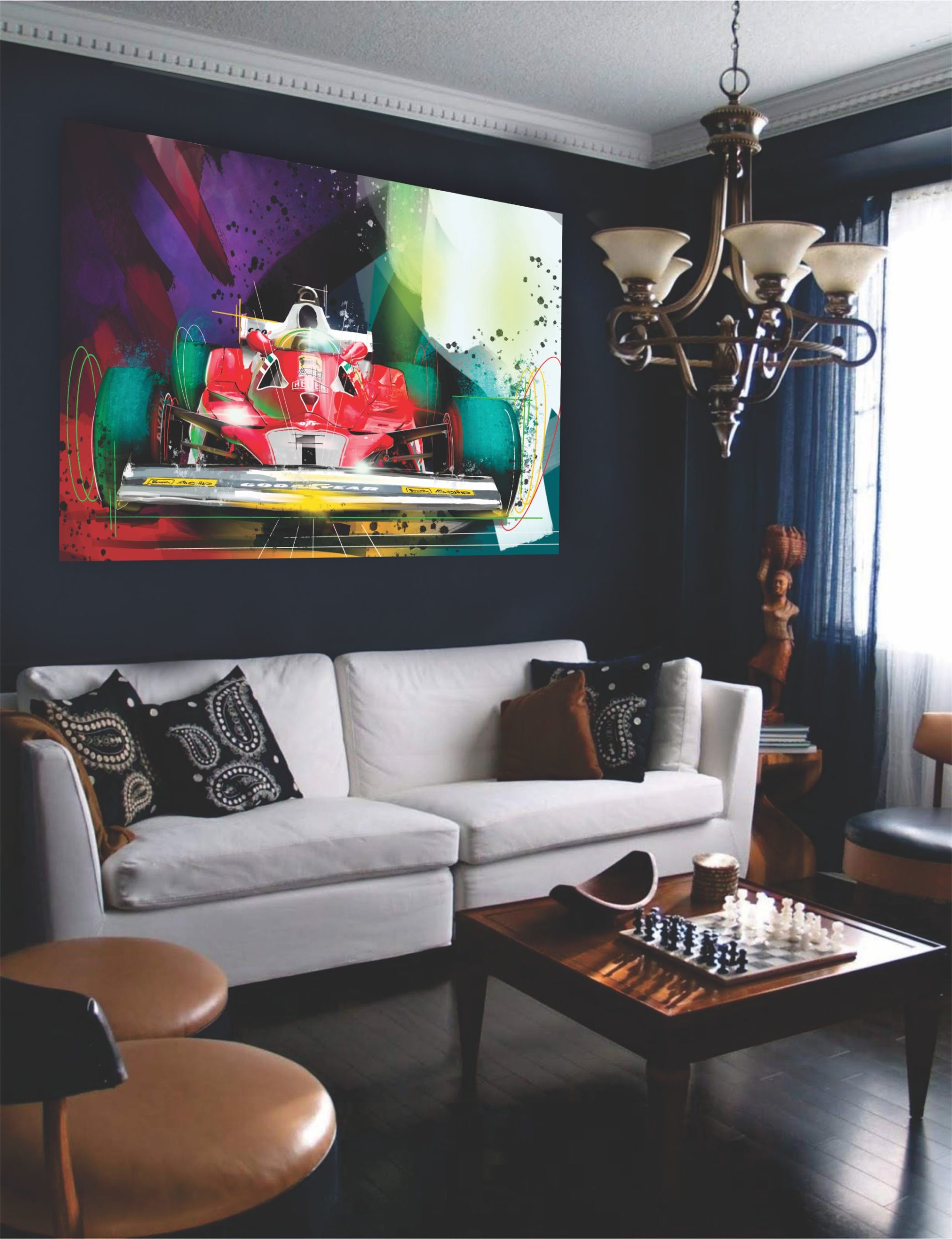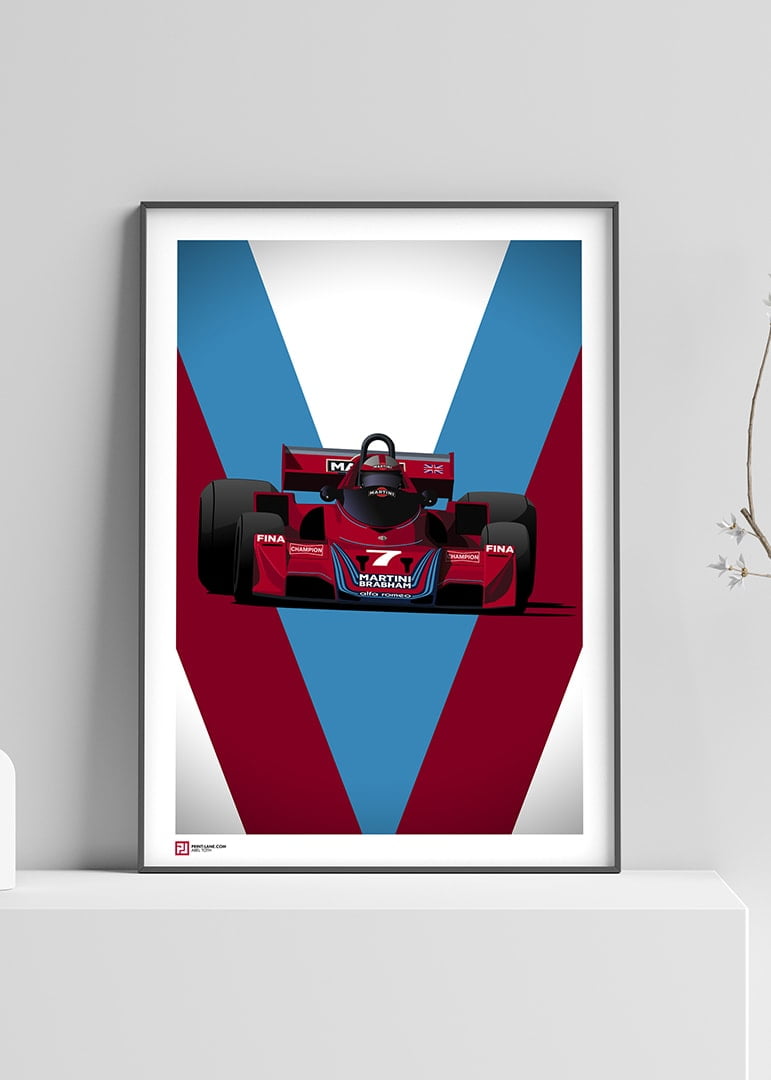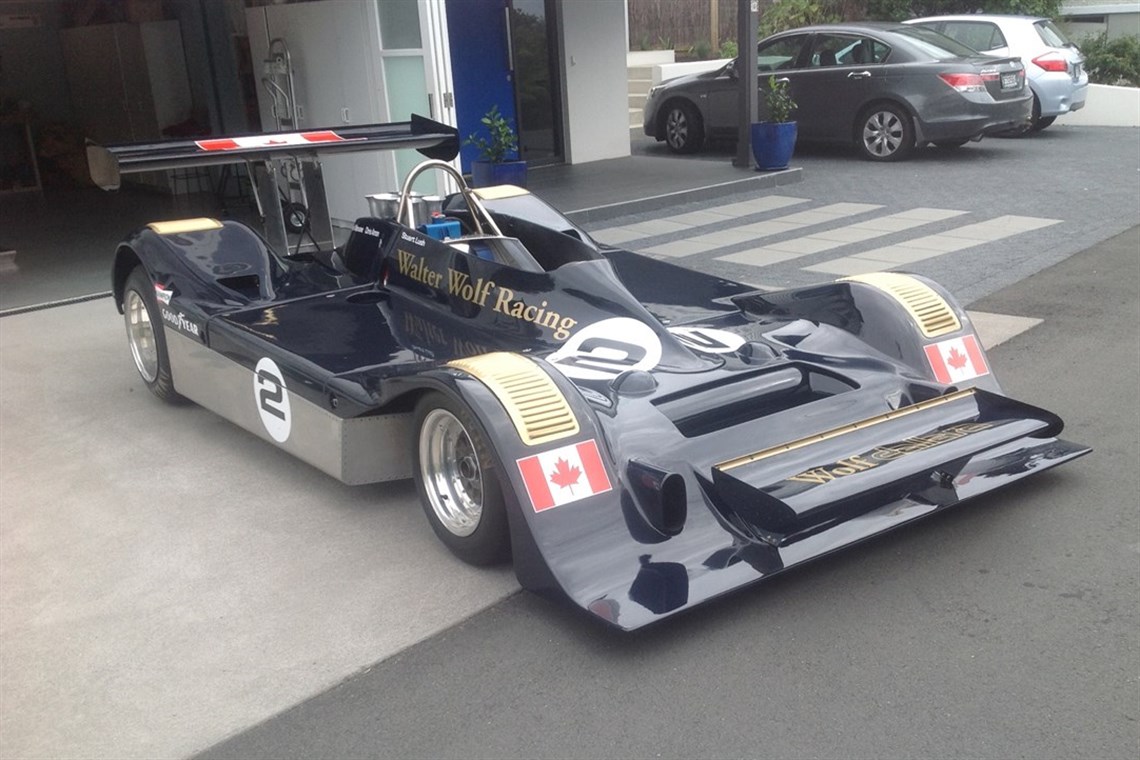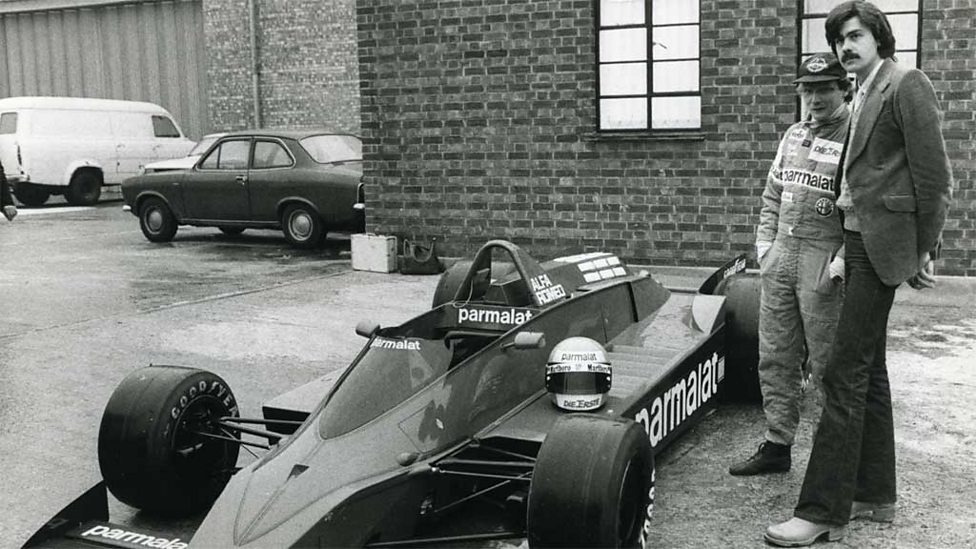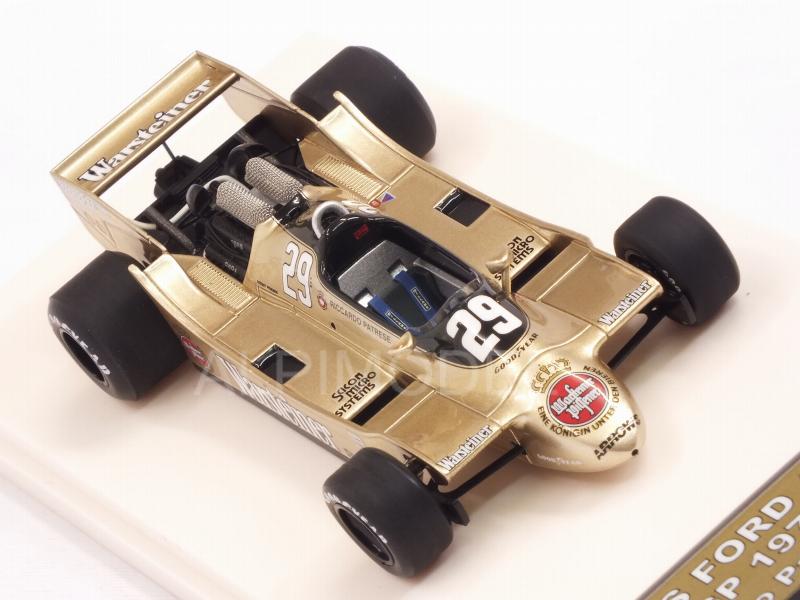Helmets have always been a key element since the 1960s when it comes to distinguishing single-seater racing drivers from afar even as they were driving at breakneck speeds.
When the sponsors arrived in competition and began to decorate the drivers' suits and helmets, this made it possible to situate from a historical point of view the year of use of the helmet without altering the identity of the latter. Thus F1 fans can more or less say from what year a helmet worn by Niki Lauda or Nigel Mansell dates when the latters only changed their design on details.
Helmets from the time and up to the beginning of the 21st century remained easily recognizable while improving the quality of designs which became less simplistic. But during the last 10 or 15 years, we have seen an overbid in terms of decoration that modern means allow now as well as an abundance of creativity. The concern is that it is difficult now for a spectator to identify drivers from a distance behind the wheel of their cars just based on the design of their helmet. Not only have the designs become so baroque and loaded, but it seems that some drivers have discovered artistic vocations. To make things worst, the halo does not help matters.
Hence perhaps the decision of the FIA to award lifetime numbers to Formula 1 drivers, with an identifiable and artistic visual aspect inspired by an old NASCAR tradition.
The shapes and models of the helmets also contributed to a certain easily recognizable visual identity. Who doesn't remember Elio de Angelis 'awesome "Star Wars" Simpson that fitted in perfectly with his early' 80s metallic white ESSEX overalls? Or Niki Lauda's AGV he wore during his Nürburgring accident in 1976, with its characteristic shape reminiscent of medieval knight's helmets.
Talking about the latter, I still can't understand why they didn't reproduce that impressive AGV helmet for the RUSH movie... It's one of the few criticisms I could address to this film.
It's incomprehensible especially when you know that for quite some time now, some helmet manufacturers, craftsmen or simple specialized designers, have started to create more or less faithful replicas of the former F1 drivers helmets like those presented below in this post.
Creating a Ferrari 312T replica or a perfect continuation of the Tyrrell P34 for the movie purpose, but not being able to make a helmet copy... an unforgivable and disappointing oversight... Especially for a so iconic and unique helmet that marked a key event in Lauda history. Replicas of this specific helmet are available for sale online anyway.
Visual artists have also produced superb works of art focused on this vital accessory. The one that personally impressed me the most is Tamara Ivancova, (a very talented artist and engineering student that had already worked with Alfa Tauri F1 team) who had created a stunning Quilling portrait of Niki Lauda.
Look at this amazing piece of art. It's not a painting, not digital art...
...it's Quilling artwork !
Quilling is essentially "painting" with paper,
it involves thousands of thin paper strips bonded to a backpiece along
their edge to build up the artwork.
Look closely!
A more detailed picture makes you realise the quality of the artwork and how hard it must have been to create...


